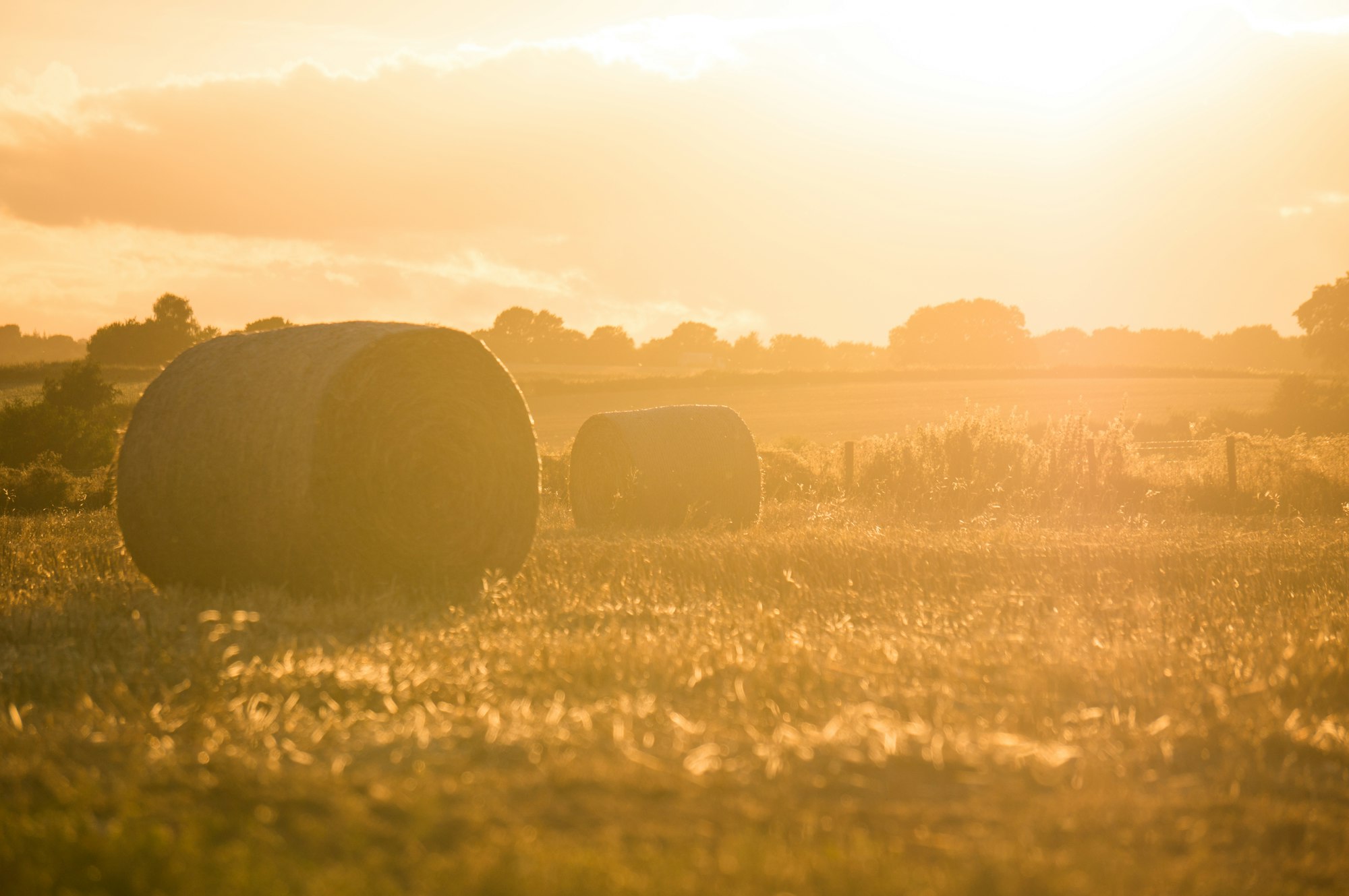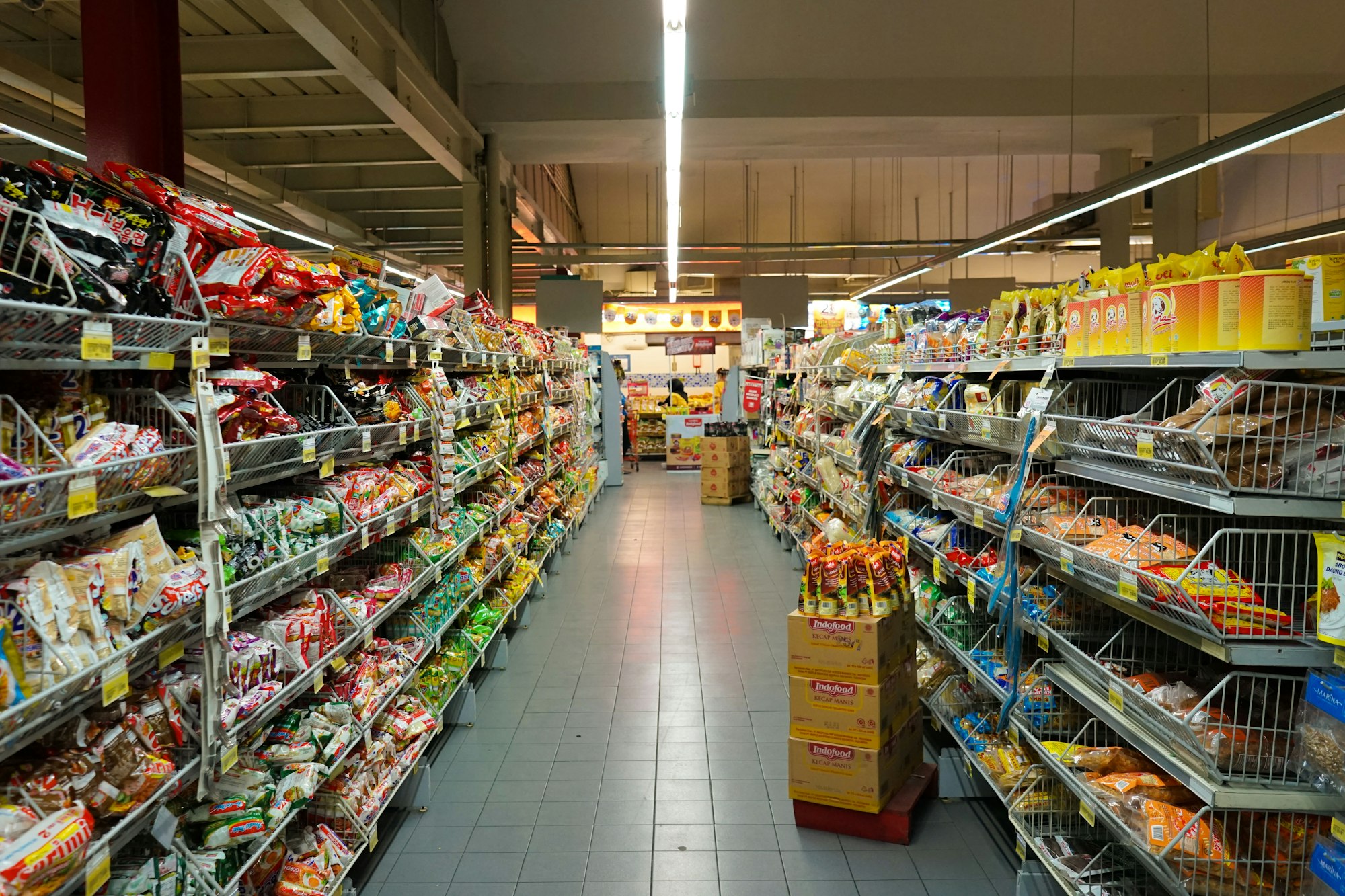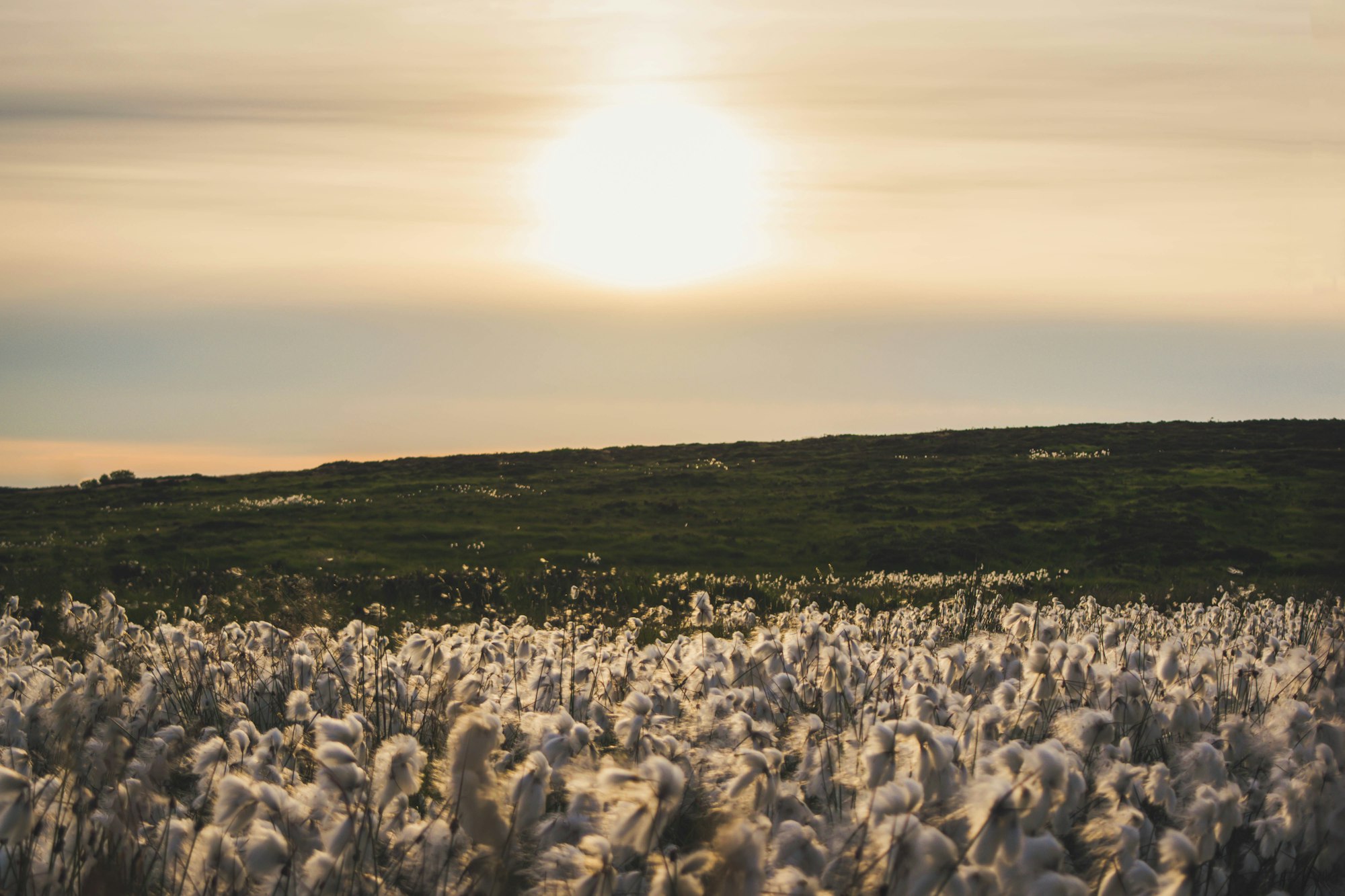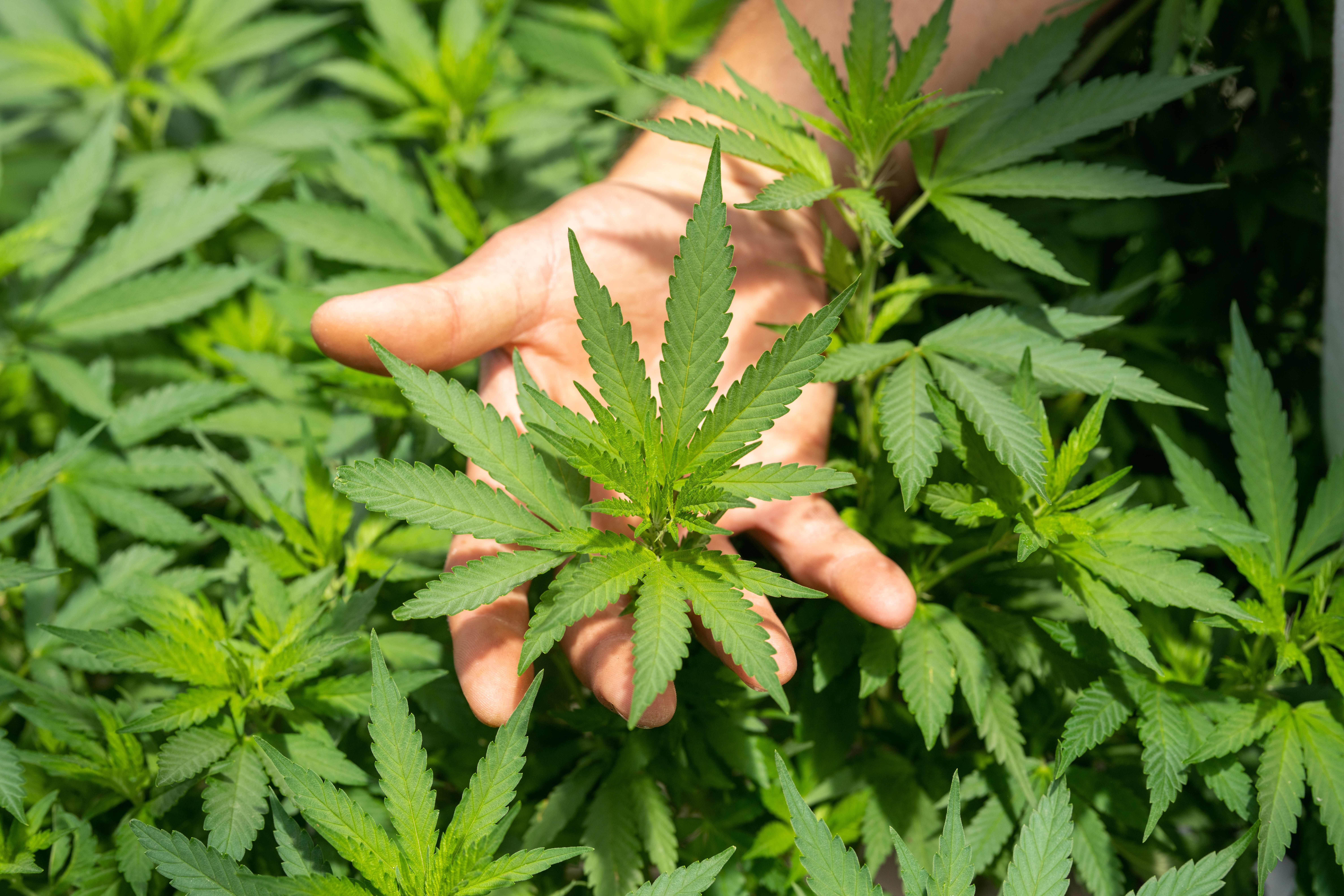Hemp vs. Cotton: 12 Reasons why Hemp is the Better Choice
Hemp is more sustainable, environmentally friendly and higher yielding than cotton. In this article, we'll give you 12 reasons why hemp may be a better choice.

Cotton is an extremely popular crop and accounts for about half of the world's fiber needs. An incredible 20 million tons of cotton are produced worldwide every year. In fact, cotton production is expected to quadruple by 2050.
What many people are not aware of, however, is that cotton production entails many disadvantages along the entire value chain. Worldwide, working conditions leave much to be desired, and the high environmental impact of this water- and pesticide-intensive plant is also often underestimated.
Hemp, on the other hand, is an extremely sustainable and environmentally friendly plant and can actually fulfill many of the same roles as its cotton derived alternatives. In this article, we'll give you 12 reasons why hemp may be a better choice.
Versatile use of Cotton and Hemp
Just like hemp, cotton is an extremely versatile fiber, fodder and food crop and grows in tropical and subtropical regions around the world. Cotton textiles are used to make, among many other things, clothing, bed sheets, and tents. They also make up almost the entire towel and washcloth market.
Cotton can also be used in cooking in the form of shortening and cooking oil, for example in salads. For this purpose, cotton seeds are pressed to make cottonseed oil. This oil is also a common ingredient in the production of candles, soaps, detergents and cosmetics. The husks and shreds of cotton are also useful as a source of fertilizer, fuel, as well as animal feed.

The hemp plant also provides many raw materials that are valuable to various industries - perhaps even more so than cotton. In fact, it is estimated that hemp currently has over 20,000 different uses! The plant is grown extensively to make textiles, rope, food, paper, personal care products, environmentally friendly building materials and fuel.
Even automotive giants have been using hemp plastic biocomposites to make body panels and interior components of their cars for many years.

1. Hemp grows faster than Cotton
Hemp is actually one of the fastest growing crops in the world and can fully grow within four to 12 weeks. Cotton, on the other hand, requires much more time to complete its growth cycle - around 21 to 25 weeks.
2. Hemp requires much less water than Cotton
Hemp is definitely the superior crop when it comes to reducing water consumption. In fact, cotton is one of the "thirstiest" crops around! The plant draws moisture from the earth and depletes our limited freshwater sources. In many countries that rely heavily on cotton as an export product, over-cultivation of cotton has even led to desertification.

A study conducted by the Stockholm Environment Institute found that it takes up to 10,000 liters of water to produce 1 kg of cotton - the equivalent of a single T-shirt. Hemp, on the other hand, requires less than half that amount of water to grow - around 2,123 liters per kilogram of usable fiber. In conclusion, estimates suggest that for every 20 liters of water cotton needs to grow, hemp needs only around five.
3. Hemp fiber is stronger and more durable than Cotton
Fabrics made from hemp can last up to 30 years on average, while fabrics made from cotton can usually last up to 10 years. This is partly due to their high tensile strength and resistance to temperature changes and humidity. Consequently, repeated washing does not damage hemp fabric as much as cotton. Cotton fabrics, on the other hand, gradually become thinner with each wear and wash and are more prone to tearing.

In addition, hemp fiber does not stretch out of shape, making it a suitable upholstery fabric. Fabrics made from hemp fibers can be pulled taut and remain taut for the life of the furniture. Cotton fabrics, on the other hand, are more suitable for garments where a little stretch is desired.
4. Hemp fabric can absorb more moisture than Cotton
Hemp and cotton are highly breathable fabrics and can reduce perspiration by effectively absorbing moisture from the skin. In fact, fabrics made from hemp fibers are even more water absorbent than cotton, making them the best choice for the summer season. But they can also provide warmth on cool winter nights, especially since they have better insulating properties. Thus, hemp fabrics can help keep the body cooler during summer and warmer during winter.

5. Hemp fabric becomes softer and more comfortable than Cotton over time
Even though fabrics made from hemp are not as soft as those made from cotton right from the beginning, they become softer and more comfortable with each wear and wash. In fact, unlike cotton, hemp fiber fabrics retain their strength even when wet and do not degrade nearly as quickly. Fabrics made from cotton fiber, on the other hand, break down over time the more often they are washed.
6. Hemp fiber can be dyed better than Cotton
Hemp fiber is more absorbent than many other natural fibers and requires less pre- and post-treatment. Because of these properties, it is also easier to dye than cotton. In addition, hemp fabrics also retain their color longer and are less likely to fade. This is also largely due to hemp's superior ability to block most of the sun's UV rays.

7. Hemp fiber can naturally have various colors, Cotton cannot
Fabrics made from hemp fiber can be naturally green, brown, gray, black or creamy white - without the use of chemical dyes. The color of hemp fiber largely depends on the method by which it is removed from the stalk. Cotton fibers, on the other hand, mostly occur in white tones in their natural form.
8. Hemp has better antibacterial properties than Cotton
Hemp has outstanding antibacterial properties that surpass those of cotton and also any other natural fiber. This is due to its natural richness in terpenes and cannabinoids. Consequently, hemp (fabric) is extremely resistant to mold, mildew and fungi.
9. Hemp is a carbon-negative plant, Cotton is not
Hemp is able to sequester more CO2 than it creates during its crop cycle, which is why it is known as a carbon-negative plant. As researchers suggest, each ton of hemp grown can remove around 1.63 tons of CO2 from our atmosphere. Consequently, the plant can be used to mitigate emissions from the farms on which it is grown. Cotton cultivation, on the other hand, causes extraordinarily high CO2 emissions - with 2 to 4 tons per hectare.

10. Hemp requires only half the acreage of Cotton for the same yield
Largely due to its slender shape, the hemp plant requires significantly less land to produce much higher yields compared to cotton. In fact, only half the acreage of cotton is needed for hemp to produce one ton of finished textiles. Cotton producers, on the other hand, have a higher land requirement for the same yield and consequently generate less income per hectare.

11. Hemp enriches the soil in which it grows, Cotton does not
The hemp plant can be grown on the same land for several years in a row without depleting the soil or reducing the yield. On the contrary, hemp is known to be a powerful phytoremediation agent and was also grown in Chernobyl to draw radioactive material and other toxins from the soil. The leaves and shavings of the hemp plant can also be plowed back into the soil as a natural fertilizer without crop rotation. Cotton, on the other hand, drains the soil and can severely deplete its fertility if continuously sown in the same fields.
12. Hemp hardly needs herbicides, Cotton does
Cotton is an extremely pesticide-intensive crop and is therefore anything but soil-friendly: 25% of insecticides and around 10% of all agrochemicals come from the cotton industry. Extensive use of toxic chemicals along with other fertilizers and herbicides on cotton crops not only harms soil quality but also the overall environment. Farmers as well as surrounding communities, streams and rivers are affected. Some farmers have therefore switched to growing organic cotton.

Hemp, on the other hand, requires hardly any herbicides and far fewer pesticides or fertilizers. This is largely due to the plant's dense canopy, which acts as a natural weed suppressor, reducing the need for herbicides during growth. Some farmers even refrain from using any synthetic pesticides altogether, as the hemp plant is also naturally resistant to most insects and plant diseases.
As a growing number of people are currently making the switch to more sustainable practices, we are certain that hemp will only increase in popularity and reclaim its position as the plant of our future.



